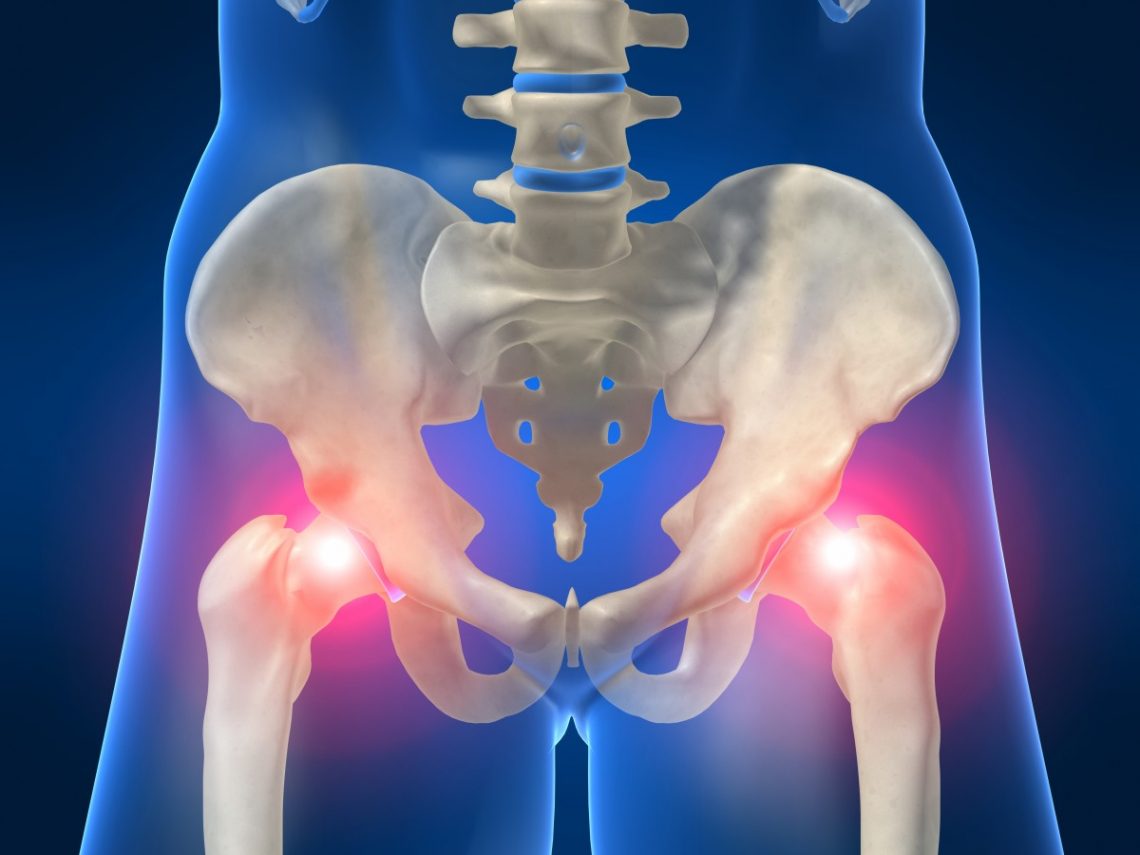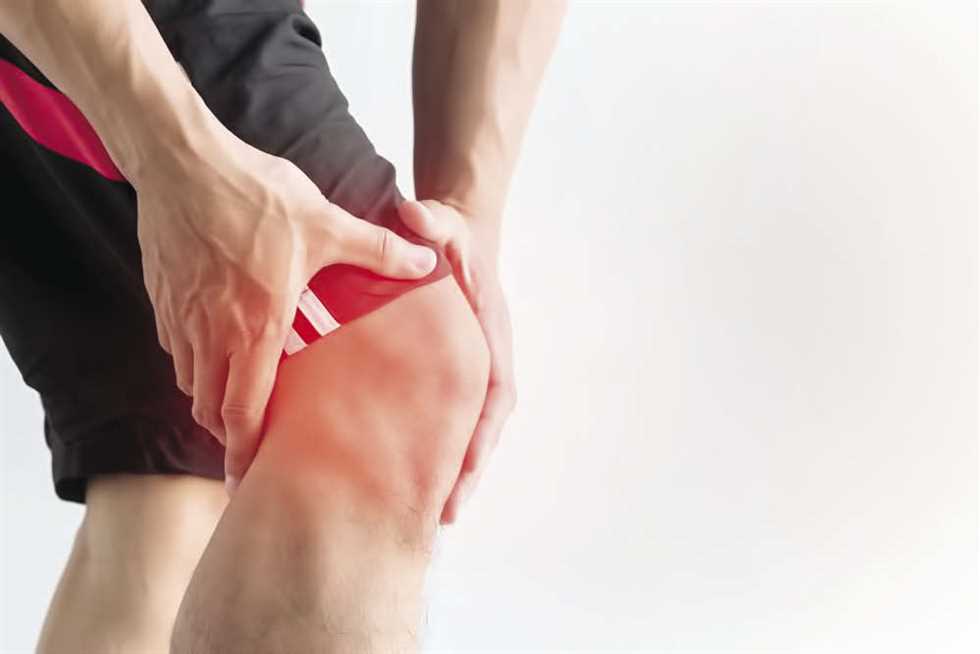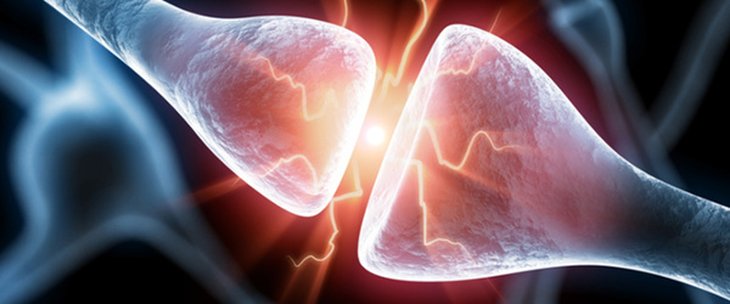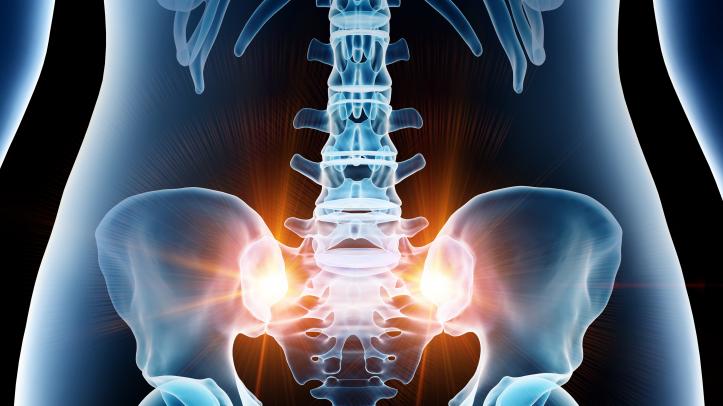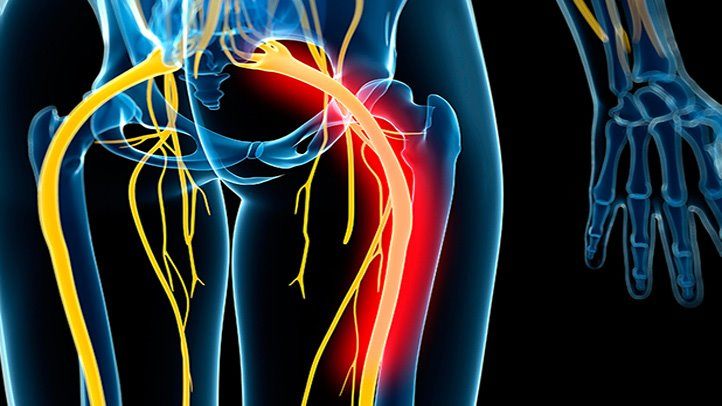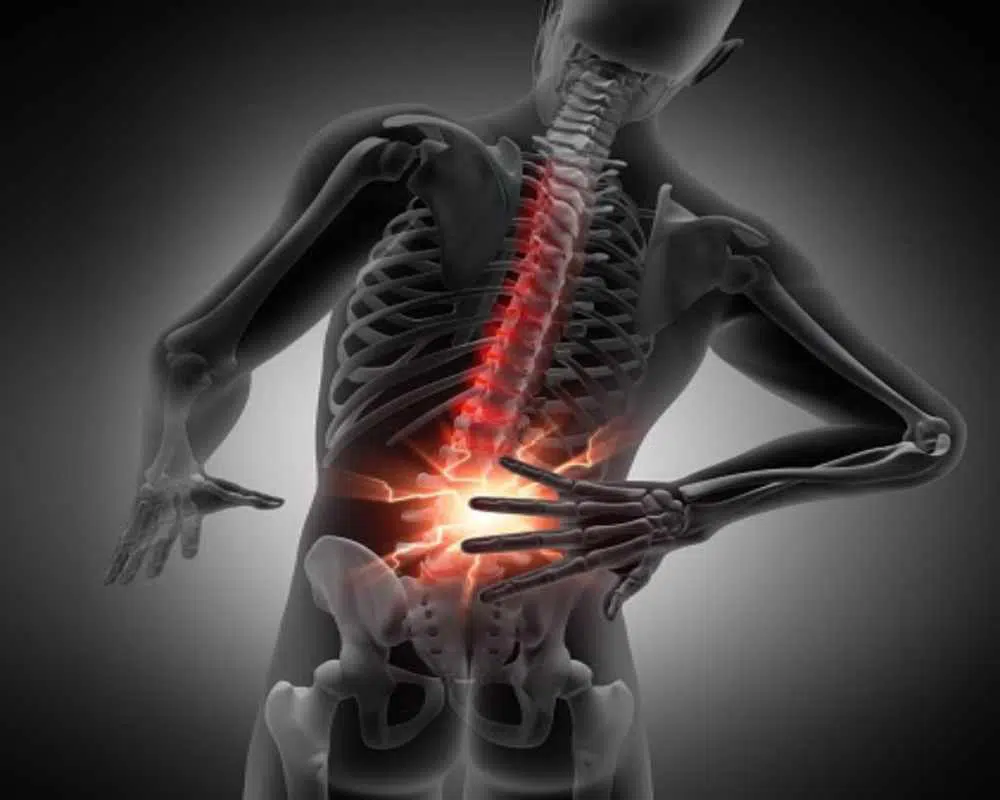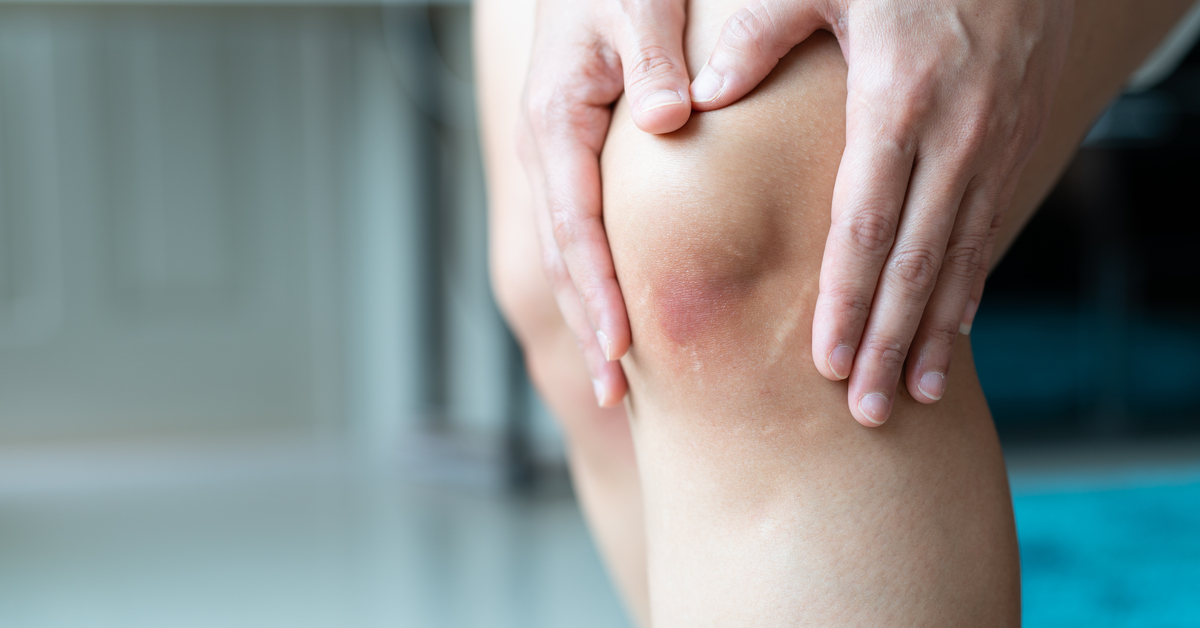How to deal with sciatica for pregnant women
Pregnant women can experience sciatica in the first months of pregnancy, so it is essential to know more about its symptoms and causes to better avoid it, here are some details and information about sciatica and pregnancy.
Sciatica for a pregnant woman
Sciatica for pregnant women is the result of great pressure on the sciatic nerve, which is the basis of sciatica pain, and usually, the pain affects the lower back, extending to the buttocks and leg, and is the result of an increase in the weight of the mother and the fetus, so it is likely to happen to women in the first months of pregnancy, especially at the third month.
The sciatic nerve is the thickest in the body, it is about the thickness of a finger, and it is the longest among the nerves of the body, and any inflammation or pressure on it as a result of various diseases, including discs, and it occurs to pregnant women as a symptom of pregnancy.
Sciatica and pregnancy
Pregnant women are at risk of sciatica because it occurs as a result of inflammation of the sciatic nerve, due to the tremendous pressure on it as a result of the growth of the fetus and the increase in the percentage of fluids in the body, but usually, its symptoms are reduced by using compresses and working to increase rest periods and get rid of excess weight after childbirth.
In order for a pregnant woman to reduce the chances of sciatica during pregnancy, she can maintain an appropriate weight during pregnancy and do some exercises that suit her health condition, such as stretching, and woman can move from a sitting position to movement and vice versa to maintain body fitness and muscle strength.
Causes of sciatica when pregnant
- Increased weight of the mother and child, which puts pressure on the nerve.
- Excessive secretion of the hormone relaxin in the body prepares it to receive the newborn by relaxing the ligaments, which in turn put pressure on the sciatic nerve.
- The pressure of the uterus as a result of the growth of the fetus on the nerves of the spine.
- The position of the fetus in inverted way, that is, the pressure of the head is on the nerve, and it is most likely by the third month of pregnancy.
Symptoms of sciatica for pregnant women
Symptoms of sciatica can appear in the form of pain in the back, especially in the last part that reaches the buttocks, and then the leg to the soles of the feet. The pain increases when involuntary movements, including sneezing or coughing, and here are some signs of sciatica for a pregnant woman:
- Pain when walking.
- Burning pain in the legs.
- Difficulty controlling the bladder.
- Pain when moving between standing and sitting.
- Weakness in the affected leg muscles.
- Feeling numb in the affected part.
Sciatica and normal childbirth
Some women wonder about the effect of sciatica on natural childbirth, but in reality, there is no direct effect linking sciatica with natural childbirth, it is important for a woman to follow up with her specialist doctor who knows her medical conditions well, and there are modern techniques such as childbirth in a water basin that are useful in cases of sciatica.
Sciatica treatment for pregnant women
There is more than one way to treat sciatica for pregnant women, including medicinal and non-medicinal ones, a pregnant woman with sciatica can take types of painkillers suitable for pregnancy, and some herbs can contribute under medical supervision in order to be safe and have greater effectiveness.
There are some exercises that work to strengthen the muscles and work to reduce the pain caused by inflammation of the nerve, and it is important that the pregnant woman follow up with a physiotherapist during pregnancy so that the exercises are correct and do not cause an increase in the woman’s pain.
How to avoid sciatica?
It is possible for a pregnant woman to follow some tips that protect her from sciatica during pregnancy, including:
- Exercising regularly can keep your body strong and reduce your chances of developing sciatica.
- Sit on comfortable seats, do not increase the load placed on the back.
- Moving between sitting and moving positions.
- Try to maintain body weight without gaining much.
- Do not lift heavy objects that may cause pressure on the vertebrae and nerves of the back.

